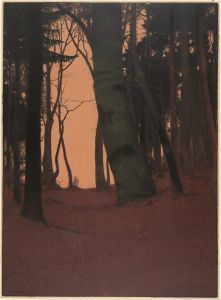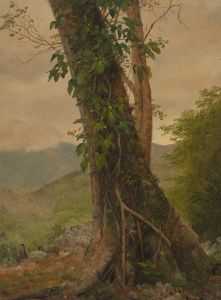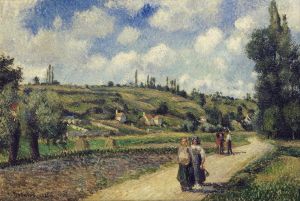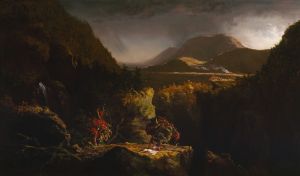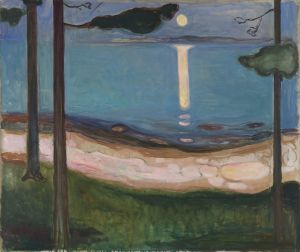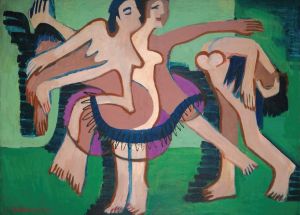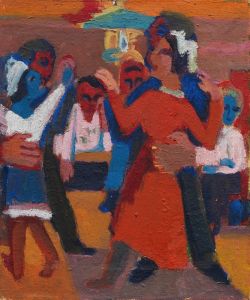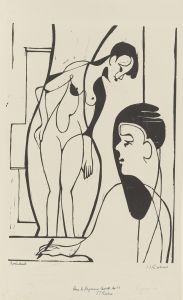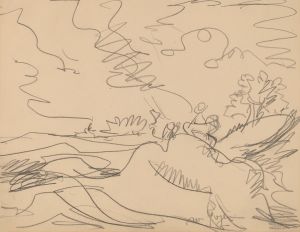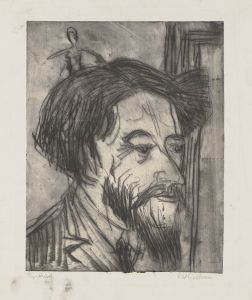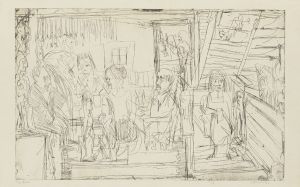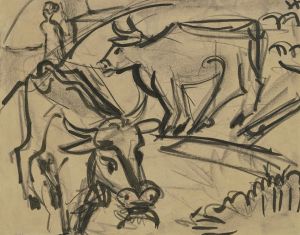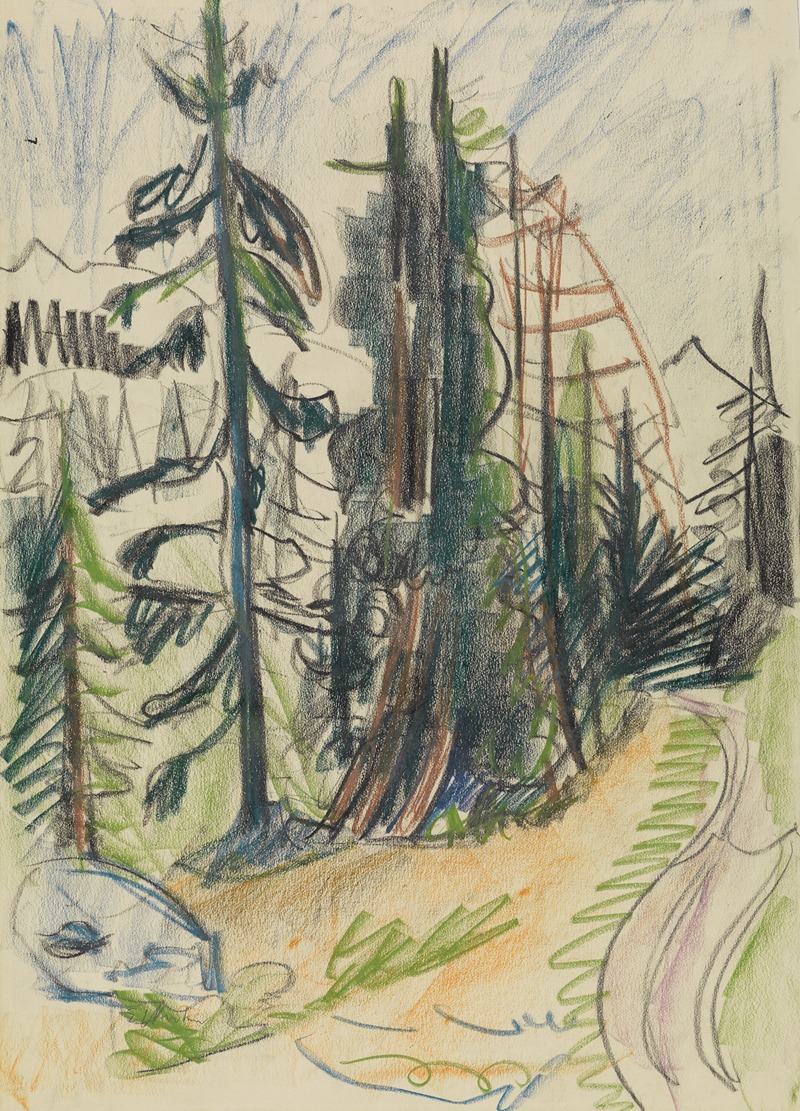
Bergtannen und Weg
A hand-painted replica of Ernst Ludwig Kirchner’s masterpiece Bergtannen und Weg, meticulously crafted by professional artists to capture the true essence of the original. Each piece is created with museum-quality canvas and rare mineral pigments, carefully painted by experienced artists with delicate brushstrokes and rich, layered colors to perfectly recreate the texture of the original artwork. Unlike machine-printed reproductions, this hand-painted version brings the painting to life, infused with the artist’s emotions and skill in every stroke. Whether for personal collection or home decoration, it instantly elevates the artistic atmosphere of any space.
Ernst Ludwig Kirchner was a prominent German expressionist painter and one of the founding members of the artist group Die Brücke (The Bridge), which played a pivotal role in the development of modern art in the early 20th century. Kirchner's work is characterized by its bold use of color, dynamic compositions, and emotional intensity. One of his notable works is "Bergtannen und Weg" (Mountain Pines and Path), which exemplifies his distinctive style and thematic interests.
"Bergtannen und Weg" was created during a period when Kirchner was deeply inspired by the landscapes of the Swiss Alps. After moving to Switzerland in 1917, Kirchner found solace and inspiration in the mountainous terrain, which became a recurring subject in his work. This painting reflects his fascination with the natural world and his ability to convey the emotional resonance of the landscape through his unique artistic vision.
The painting depicts a mountainous scene dominated by tall pine trees, with a winding path leading the viewer's eye through the composition. Kirchner's use of color is particularly striking in this work, with vibrant greens and blues that capture the lushness and vitality of the alpine environment. The bold, angular forms of the trees and the dynamic lines of the path are characteristic of Kirchner's expressionist style, which sought to convey the emotional and psychological impact of the subject matter rather than a realistic representation.
Kirchner's technique in "Bergtannen und Weg" involves the use of broad, expressive brushstrokes that add a sense of movement and energy to the scene. This approach is typical of his work during this period, where he sought to break away from traditional artistic conventions and explore new ways of seeing and representing the world. The painting's composition is carefully constructed to draw the viewer into the landscape, creating a sense of depth and immersion.
The themes explored in "Bergtannen und Weg" are reflective of Kirchner's broader artistic concerns. His work often grapples with the tension between the natural and the modern world, a theme that is particularly poignant given the historical context of the early 20th century, marked by rapid industrialization and the upheaval of World War I. In this painting, the serene and timeless quality of the alpine landscape stands in contrast to the chaos and uncertainty of the modern age, offering a sense of refuge and contemplation.
Kirchner's time in Switzerland was a period of both personal and artistic transformation. The isolation and tranquility of the Swiss Alps provided him with a new perspective and a renewed sense of purpose in his work. "Bergtannen und Weg" is a testament to this period of introspection and artistic exploration, capturing the essence of Kirchner's expressionist vision and his deep connection to the natural world.
Today, Ernst Ludwig Kirchner is celebrated as one of the leading figures of German Expressionism, and his works continue to be studied and admired for their innovative approach and emotional depth. "Bergtannen und Weg" remains an important example of his contribution to modern art, reflecting both his personal journey and the broader artistic movements of his time.






